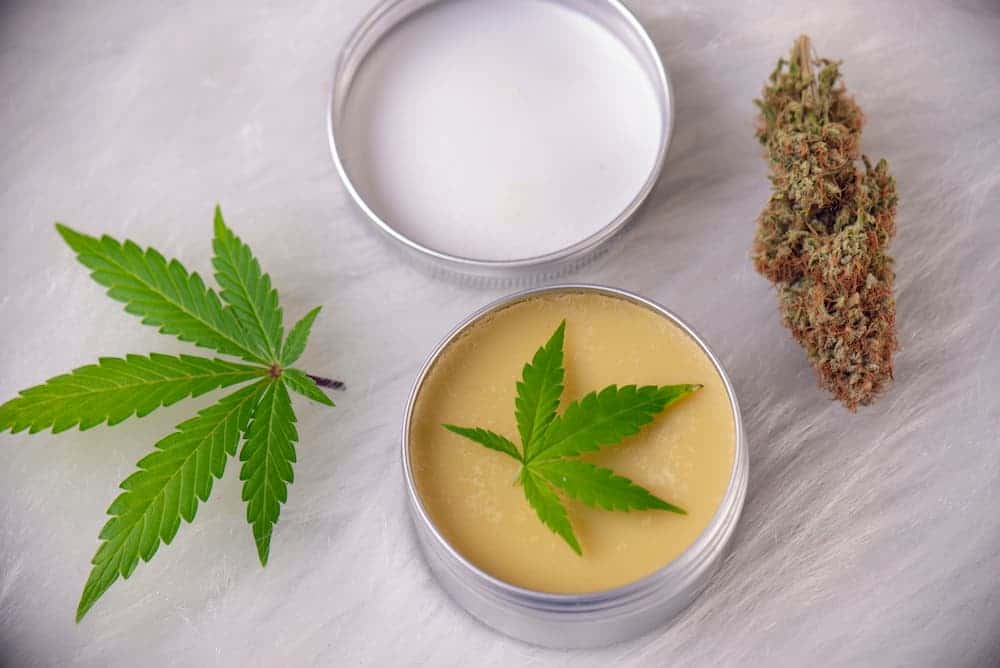Understanding How Cannabis Topical’s Work: A Comprehensive Guide
Cannabis topicals have gained popularity in recent years as an alternative method of cannabis consumption, offering localized relief without the psychoactive effects typically associated with smoking or ingesting cannabis. But how do these topical products work, and what sets them apart from other forms of cannabis consumption? In this blog, we’ll explore the science behind cannabis topicals and how they interact with the body to provide therapeutic benefits.
What Are Cannabis Topicals?
Cannabis topicals are products infused with cannabinoids, such as THC and CBD, that are designed to be applied directly to the skin. These products come in various forms, including creams, lotions, balms, salves, and oils. Unlike other methods of cannabis consumption, such as smoking or ingesting, topicals are absorbed through the skin and act locally rather than systemically, meaning they primarily affect the area where they are applied.
How Do Cannabis Topicals Work?
When applied to the skin, cannabis topicals interact with the body’s endocannabinoid system (ECS), a complex network of receptors and neurotransmitters involved in regulating various physiological processes, including pain sensation, inflammation, and immune function. The cannabinoids in cannabis topicals, such as THC and CBD, bind to cannabinoid receptors in the skin and underlying tissues, modulating the activity of the ECS and producing therapeutic effects.
Localized Relief
One of the primary benefits of cannabis topicals is their ability to provide localized relief for a variety of conditions, including pain, inflammation, muscle soreness, and skin irritations. By targeting specific areas of the body, topicals can deliver concentrated doses of cannabinoids directly to the site of discomfort, providing fast-acting relief without the need for systemic absorption.
Non-Psychoactive
Unlike smoking or ingesting cannabis, which can produce psychoactive effects due to the THC content, cannabis topicals are non-psychoactive when applied to the skin. This means that users can experience the therapeutic benefits of cannabis without feeling “high” or impaired, making topicals an attractive option for those who want to avoid the psychoactive effects associated with other forms of cannabis consumption.
Types of Cannabis Topicals
Cannabis topicals come in a variety of formulations to suit different needs and preferences. Some products are designed specifically for pain relief, containing high concentrations of cannabinoids like THC or CBD, along with other ingredients such as menthol or camphor for added cooling or warming effects. Other topicals are formulated for skincare purposes, containing nourishing ingredients like shea butter, coconut oil, or essential oils to moisturize and soothe the skin.
Application Tips
When using cannabis topicals, it’s essential to follow the manufacturer’s instructions and apply the product generously to the affected area. Massage the topical into the skin until fully absorbed, and avoid applying it to broken or irritated skin. It’s also a good idea to start with a small amount and gradually increase the dose as needed to find the optimal level of relief.
Conclusion
Cannabis topicals offer a unique and effective way to experience the therapeutic benefits of cannabis without the psychoactive effects typically associated with smoking or ingesting. By targeting specific areas of the body, topicals can provide fast-acting relief for a variety of conditions, including pain, inflammation, and skin irritations. Whether you’re looking for localized pain relief or skincare benefits, cannabis topicals are worth exploring as a natural and non-intoxicating alternative to traditional cannabis consumption methods.
Recent Posts
- How to Talk to Your Kids About Marijuana June 28, 2024
- Marijuana and Athletes: Performance, Recovery, and Controversies June 21, 2024
- Understanding the Different Methods of Marijuana Consumption in 2024 June 17, 2024
- Marijuana and Creativity: How It Affects the Brain June 10, 2024
- Cooking with Cannabis: Easy Recipes to Try at Home May 30, 2024
Categories

Our team curates new experiences for cannabis tastemakers throughout Canada. We hand-craft each Pink Pack from a wide spectrum of flowers, edibles, concentrates, topicals, and handcrafted accessories.
Choose from our selection of tailored experiences…




